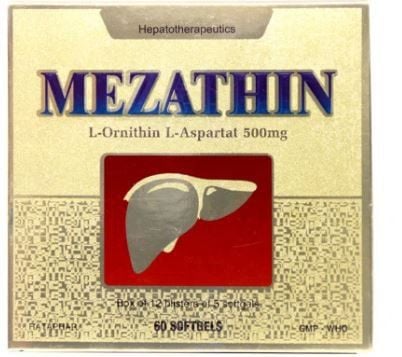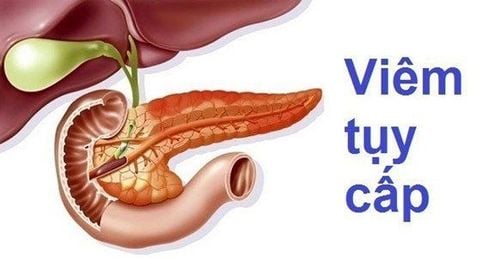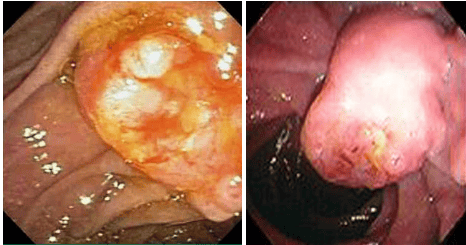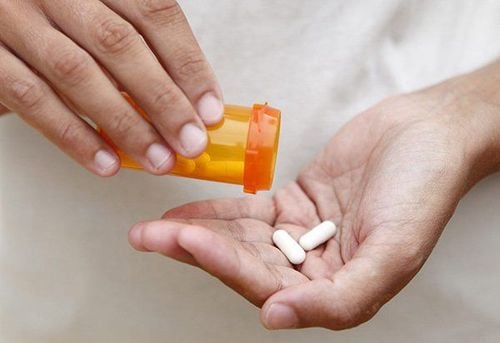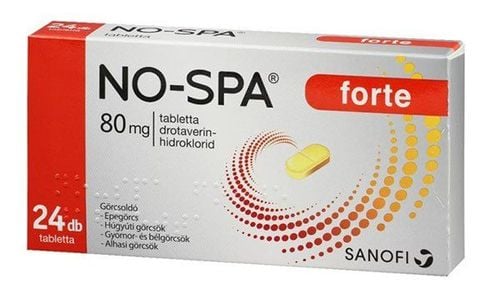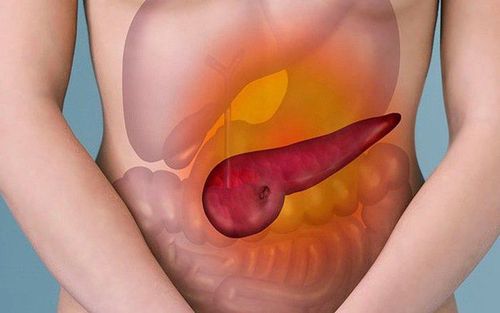This is an automatically translated article.
When you have jaundice, you should not be subjective because this can be a warning symptom of a medical condition inside. So yellow skin is a sign of what disease or yellow skin is a lack of what? Let's find out through the following trace!1. Yellow skin is lacking in what substance?
Jaundice, also known as jaundice, is a manifestation of increased bilirubin (bile pigment) in the blood (> 20mg / liter) rather than a manifestation of a lack of anything.
Jaundice is not a disease, it's just a symptom. Jaundice can be related to many different diseases and can seriously affect the liver. Jaundice can occur at any age and there are many causes of jaundice, including:
Obstruction of the biliary tract: ampullary cancer of Vater, extrahepatic cholangiocarcinoma, cholangiocarcinoma are obstructive pathologies. biliary obstruction. Signs of biliary obstruction gradually increase, presenting as atypical hepatic colic with high fever. Pancreatic head cancer: People at high risk for pancreatic head cancer are men over 60 years old, people with a history of chronic pancreatitis or diabetes. Symptoms of pancreatic head cancer are fatigue, physical deterioration, increased biliary obstruction, and dark yellowing of the skin. Intrahepatic cholangiocarcinoma: When you have intrahepatic cholangiocarcinoma, jaundice will manifest gradually and may be associated with a congenital abnormality in the biliary tract such as common bile duct cyst, sclerosing cholangitis. primary bile. Gallstones: Typical symptoms of gallstones are pain, fever, and jaundice (Charcot's triad). On examination, the liver and gallbladder may be enlarged and painful. Injury to liver cells: Liver cells will be damaged when suffering from diseases such as acute hepatitis caused by alcohol, drugs, viruses. At this time, jaundice is quite obvious, accompanied by discolored stools, and the liver is enlarged without pain. Serum transaminases are elevated, bilirubin is elevated and accompanied by symptoms such as pruritus, urticaria, and fever. Hemolysis: Jaundice due to anemia, congenital hemolysis or causes in red blood cells, other than red blood cells. Red blood cell membranes can be destroyed directly as in malaria, erythrocyte deformity in sickle cell disease, or by secondary decreased erythrocyte strength.

Da bị vàng là thiếu chất gì là thắc mắc nhiều người quan tâm
2. What is yellow skin disease?
2.1. Diseases related to red blood cells Bilirubin is overproduced normally, causing liver cells to not be able to metabolize this large amount of bilirubin, leading to bilirubin accumulation in the blood, causing jaundice.
Diseases that destroy excessive red blood cells that increase the amount of bilirubin in the blood include:
Sickle cell disease ; Thalassemia ; Glucose 6-phosphate dehydrogenase deficiency disease; Hemolytic uremic syndrome ; Malaria or tissue hematoma. 2.2. Diseases related to hepatocytes When liver cells are affected and fail to collect bilirubin, it accumulates in the blood leading to jaundice in adults. In addition, high levels of bilirubin in the blood can also be caused by damaged or reduced liver cells.
Specifically, the group of diseases related to liver cells that cause jaundice include:
Acute hepatitis: Hepatitis caused by viruses, bacteria or alcohol, drugs, autoimmune diseases that cause hepatitis, causing liver cells to be destroyed ruin. Cirrhosis: A condition in which scar tissue replaces the liver's organs, thereby affecting liver function, cirrhosis is often difficult to detect until liver function is impaired. The main cause of cirrhosis can be chronic hepatitis B and C or autoimmune hepatitis alcoholic liver damage. Metastatic cancer in the liver. Rare genetic syndromes after birth can also cause jaundice, such as Crigler-Najjar, Dubin-Johnson, and Rotor.
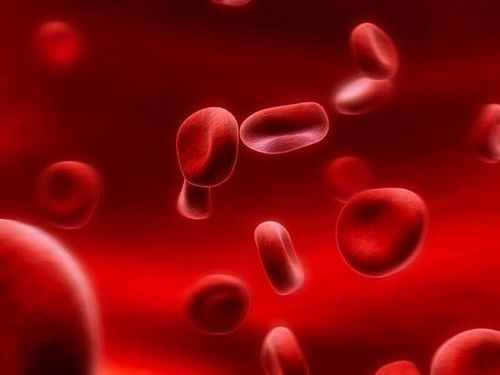
Da bị vàng là thiếu chất gì, có thể là do bệnh liên quan tới hồng cầu
2.3. Diseases related to the common bile duct Normally, bile containing bilirubin will follow the small bile ducts in the liver to the common bile duct. For some reason, the common bile duct is narrowed or blocked, causing bile to leak into the blood, causing jaundice.
When bile is in the form of a liquid, it is easy to form stones, when gallstones form, it usually does not affect anything, but when it escapes from the gallbladder and gets stuck in the common bile duct, it will make bile cannot flow into the intestines to penetrate. blood causes jaundice.
Causes of narrowing or obstruction of the common bile duct include:
Cancer of the head of the pancreas; Acute pancreatitis causing edema that obstructs the flow of bile will also cause jaundice; Hepatitis causes narrowing of the bile ducts leading to jaundice; Gallbladder cancer develops blocking the common bile duct; Primary cirrhosis causes cholangitis and some drugs reduce bile flow and reduce bilirubin excretion causing jaundice. 2.4. Drug-induced jaundice Jaundice can be caused by the use of drugs to treat a certain medical condition that causes inflammation of the bile ducts. In some cases, the drug interferes with the metabolism of liver cells and biliary tract, causing the process of creating and excreting bile through the intestines, causing jaundice.
In summary, people with jaundice should not be subjective because this is a warning symptom of hepatobiliary diseases and other related diseases. When abnormal signs of jaundice are detected, the patient needs to go to the doctor and follow up at medical facilities to determine the cause, and treat it with specific medical or surgical methods.
Please dial HOTLINE for more information or register for an appointment HERE. Download MyVinmec app to make appointments faster and to manage your bookings easily.




